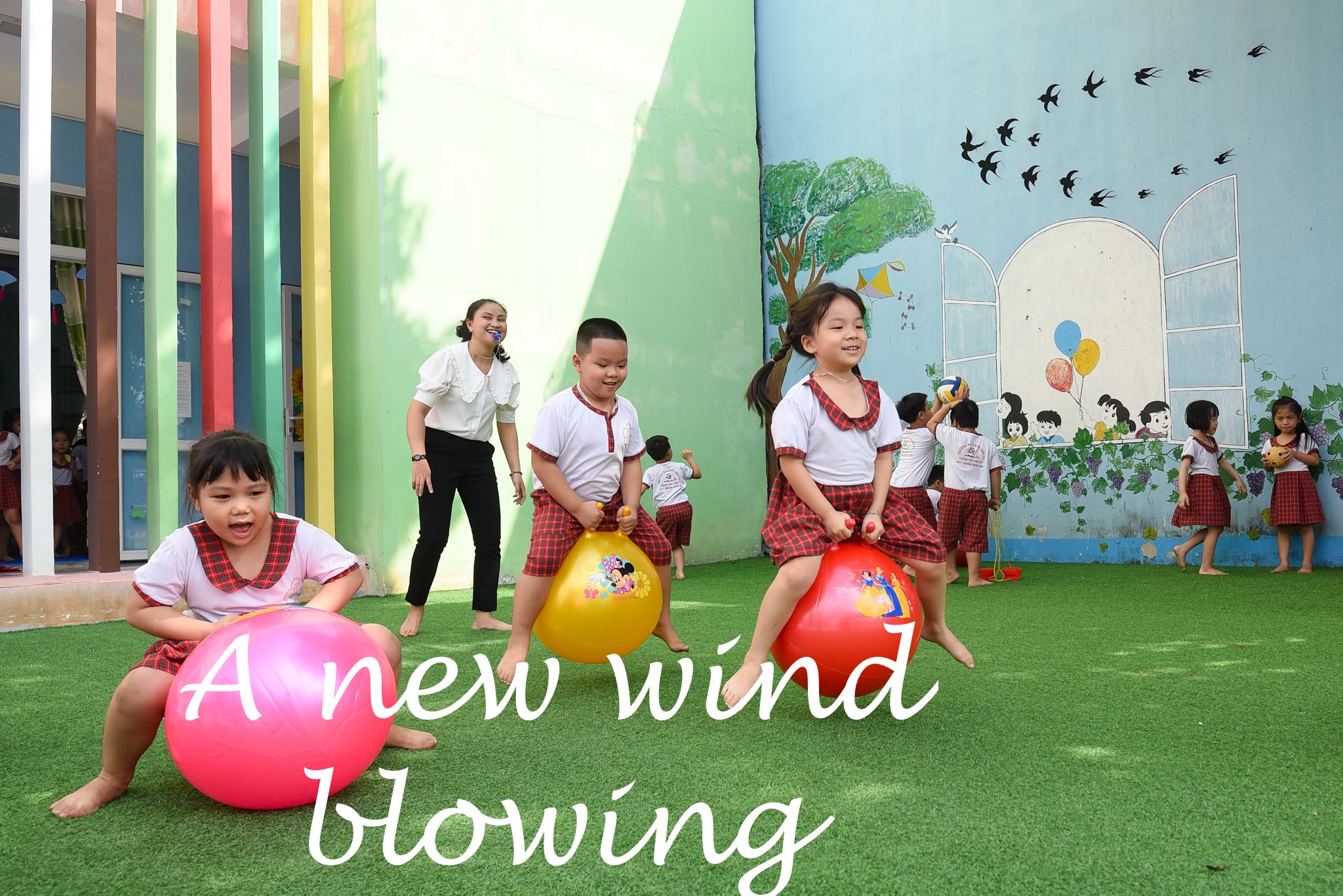
Nguyen Dang Lu stood at the gate of To Mua primary school (Van Ho district, Son La province). After hesitating for a while, he breathed in and went straight into the school’s kitchen.
Since the school piloted the pilot project of “nutritious school meals combined with increased physical activities for children, students,” his son has repeatedly said that food at home is not as good as that at school.
For that reason, Lu decided to ask the cook at his son’s school for recommended menu and recipes. “I cannot make food as delicious as that at school, but at least now I am able to choose suitable food and ensure balanced nutrition,” he shared.
NEW WAYS OF DOING THINGS
According to To Mua school’s principal Ngo Tien Thu, since joining the model, the menu for school lunch has become more diverse. The dishes also taste better after school cooks received training, so the students have come to like the meals very much. Although the budget for school lunch is only 15,000 VND (0.65 USD) per student, there are always three side dishes, and even four on some days. In particular, students no longer dislike vegetables.
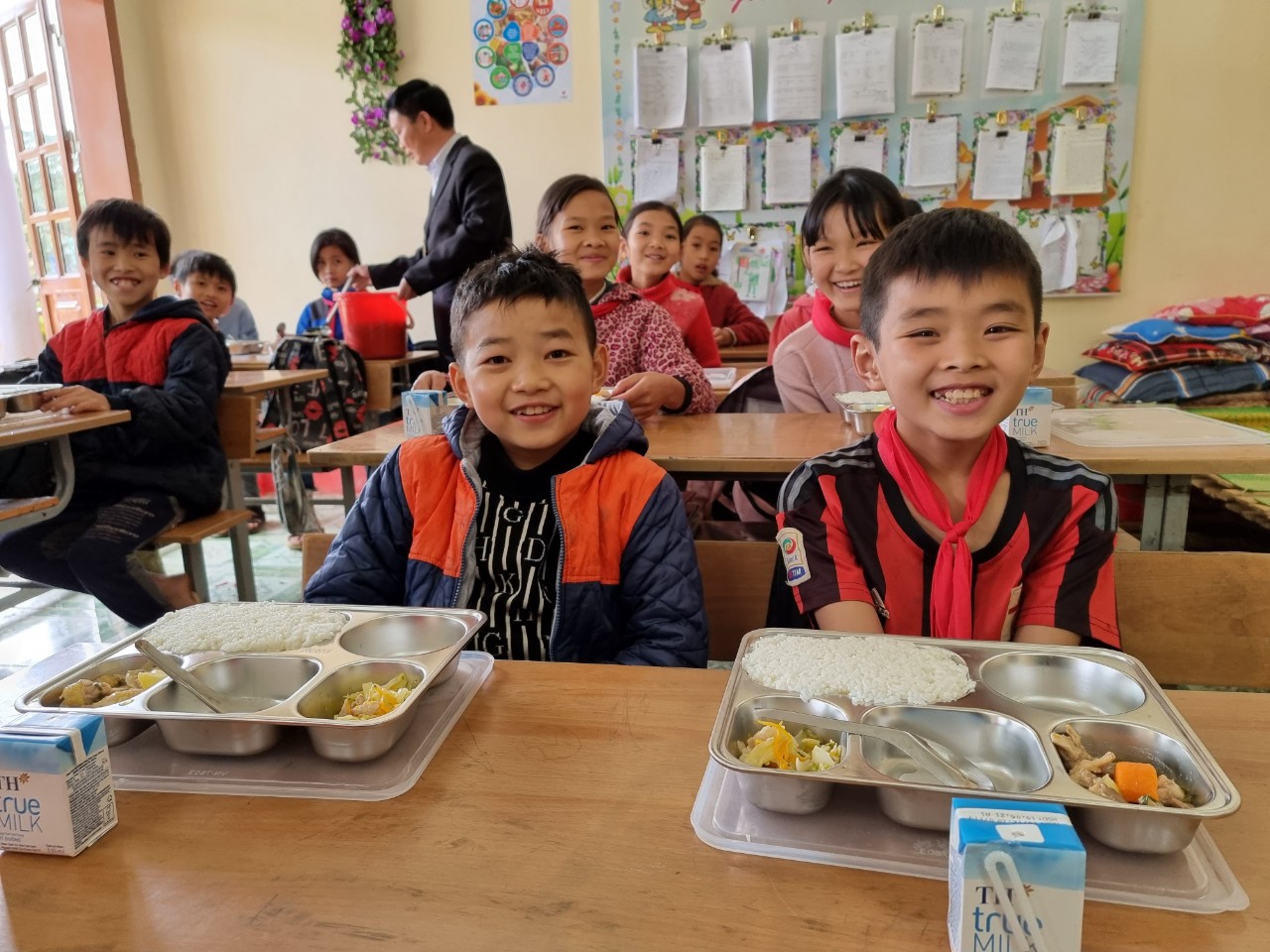
“What is more important is the change in the thinking of parents like Lu as well as of school staff about nutrition for children, leading to better care of the students not only at school but also at home,” he said.
Recalling the first days joining the project , Thu said his school faced many difficulties as it is located in a mountainous commune. The school’s infrastructure did not meet the requirements of the pilot model in terms of physical training. Besides, the school staff had limited knowledge about the matter.
“What is more important is the change in the thinking of parents like Lu as well as of school staff about nutrition for children,leading to better care of the students not only at school but also at home.”
Teacher Ngo Tien Thu
However, the school received great help from units involved in the project. Training sessions held by nutrition and fitness experts provided teachers and staff members about the significance of the project to children’s physical development.
Kitchen staff was trained in cooking. Parents pay 12,000 VND each meal at school for their children, and the project gave 3,000 VND more along with milk to ensure sufficient nutrition of each meal. The school was equipped with more tools for students to engage in physical activities. Students and their parents were also provided with lessons on nutrition and physical training, making the collaboration among the school, parents and students smoother.

As a result, the project received support from both teachers and parents. Thu said previously only 90 out of the total 125 students at the school registered to eat lunch provided by the school while the rest brought their own. But after nine weeks carrying out the project, the number rose to 123.
The situation is similar in Son Ca kindergarten in Tam Ky city, Quang Ngai province. The school’s menu is developed based on locally-available food and changed every week with advice from nutrition experts.
The school’s principal Phan Thi Thuan, the school meal now has more dishes and more vegetable. Instead of mainly rice, noodle is also added to the menu for more variety, encouraging children to eat more.
At the Hoa Hong kindergarten in Hanoi, another school in the project, head of the school nutrition department under the National Institute of Nutrition Bui Thi Nhung said the school meal has met 95 percent of standard nutrition, which requires food diversity with at least 10 kinds of food, including fresh milk and milk products.
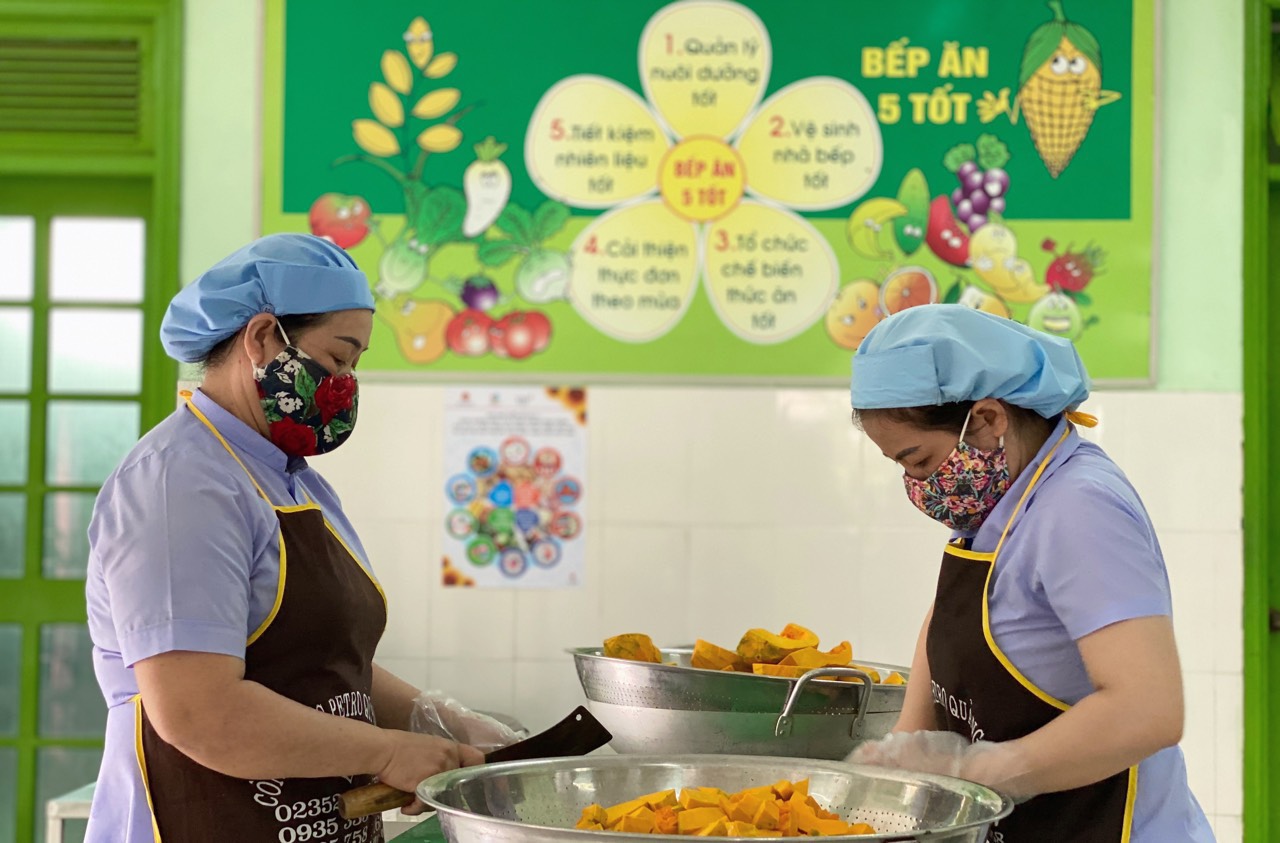
Not only nutrition, the project also emphasises on the requirement that children engage in suitable physical activities for at least 60 minutes a day in accordance with the World Health Organisation’s recommendations.
Principal of Hoa Hong school Dao Thi My said physical sessions are designed by experts, using colourful equipment and fun movements, encouraging the children to move more.

Principal of Son Ca school shared the view, saying that the physical activities make children consume more energy and get hungry quicker.
REDUCING RATE OF MALNUTRITION, OBESITY IN CHILDREN
According to Nguyen Thi Thanh Hien, deputy director of the Education and Training Department of Tam Ky city, portion size and diet are very important to small children.
She spoke highly of the pilot project, noting that a rational diet, additional fresh milk in combination with regular physical activities in school will help children grow well in both stature and fitness.
This can be clearly seen in the improvements in weight and height indicators of children in schools participating in the project after only one year in comparison with comparable schools.
“A rational diet, additional fresh milk in combination with regular physical activities in school will help children grow well in both stature and fitness.”
Nguyen Thi Thanh Hien
Compared to the indicators at the start of the project, the rate of obesity in all participating schools dropped. The rate at Kindergarten No1 (Hai Phong city) reduced from 15.89 percent to 10.07 percent, and at Le Loi primary school (An Giang province) from 50.87 percent to 46.74 percent.
Trong khi đó, ở các trường đối sánh, tỷ lệ học sinh thừa cân, béo phì đều tăng lên (trừ Trường Mầm non Hùng Vương, Hải Phòng)
Similarly, the malnutrition rate in all participating schools decreased, and increased or reduced at a slower margin at comparable schools.
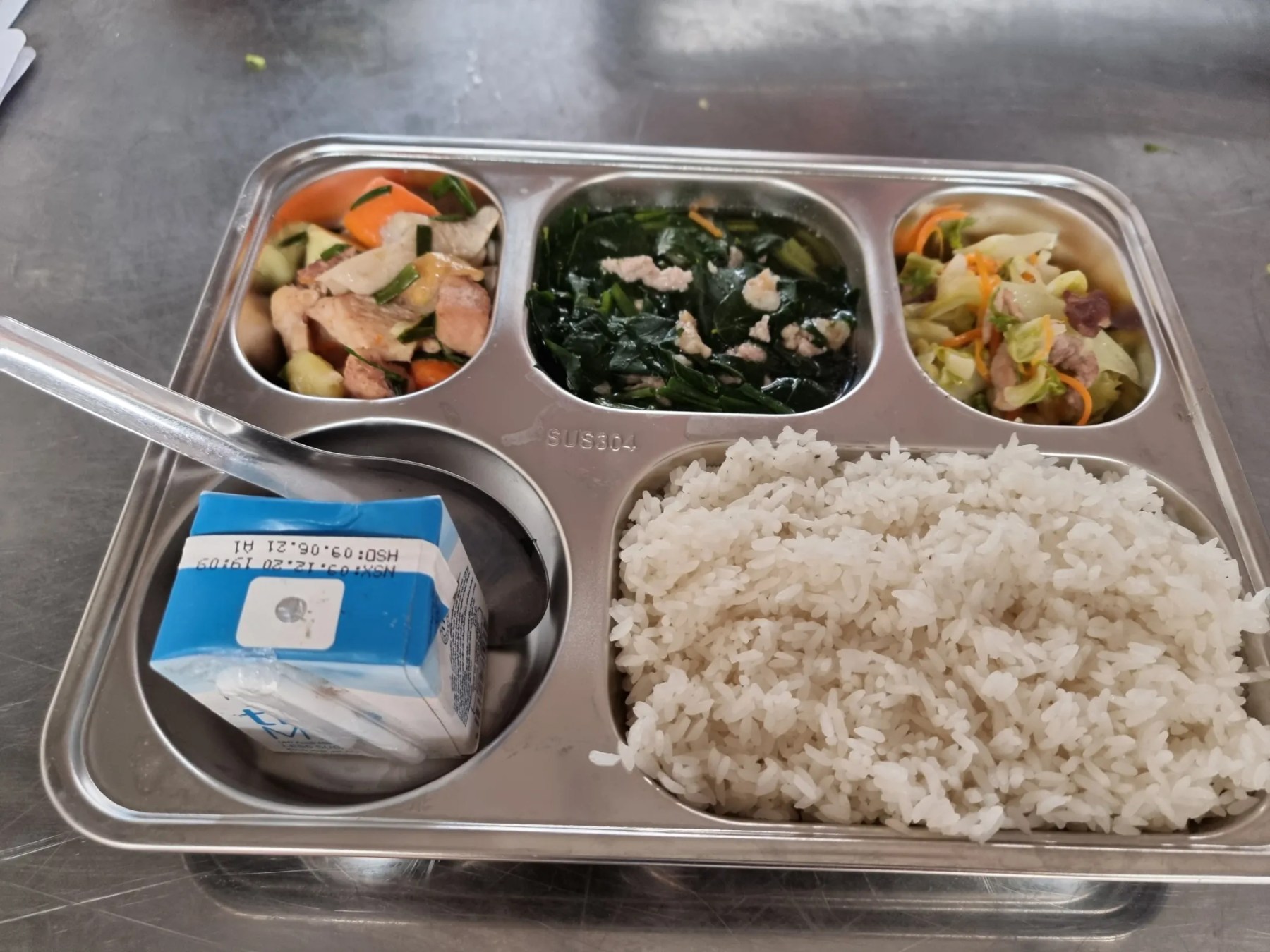
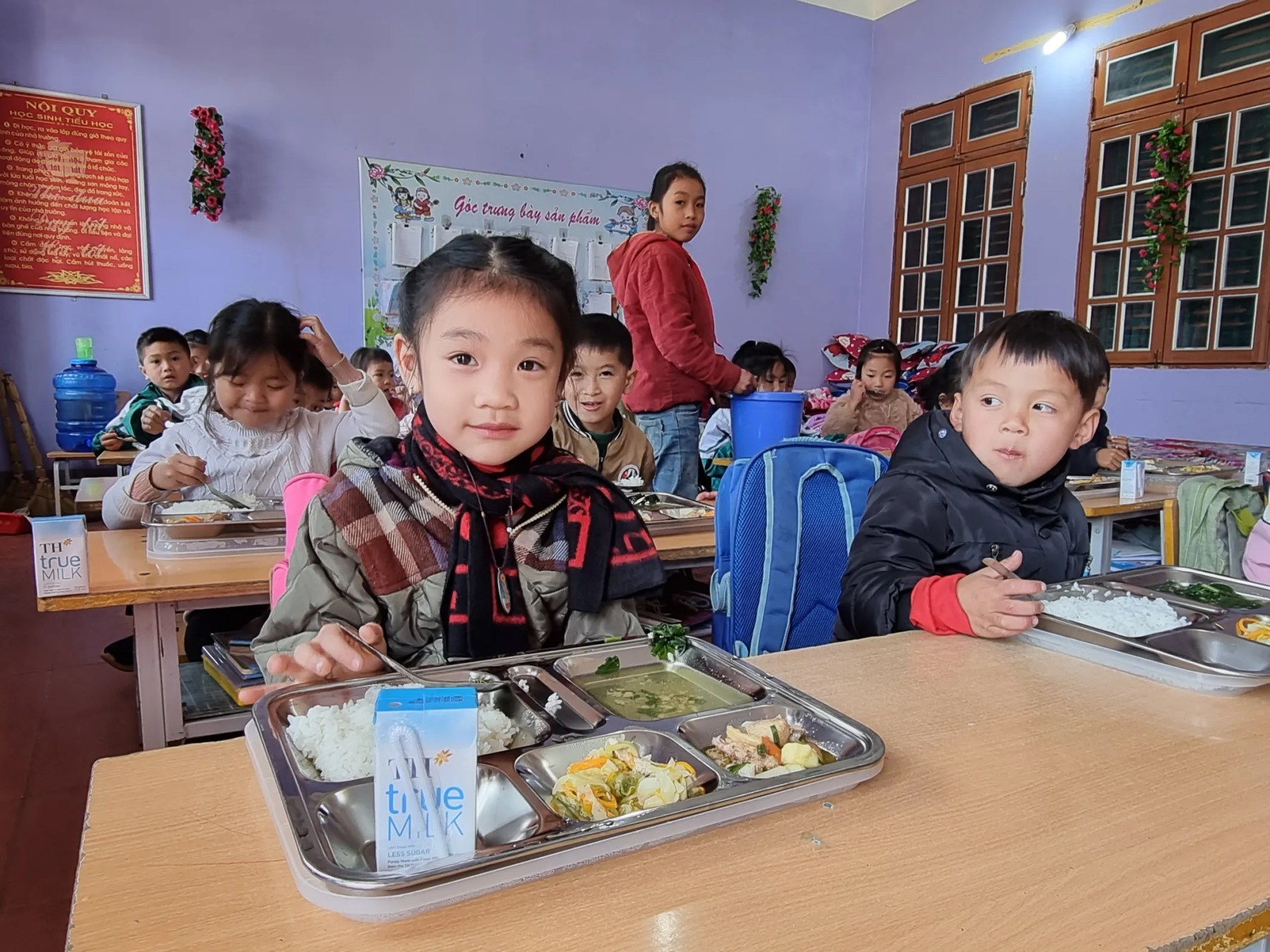
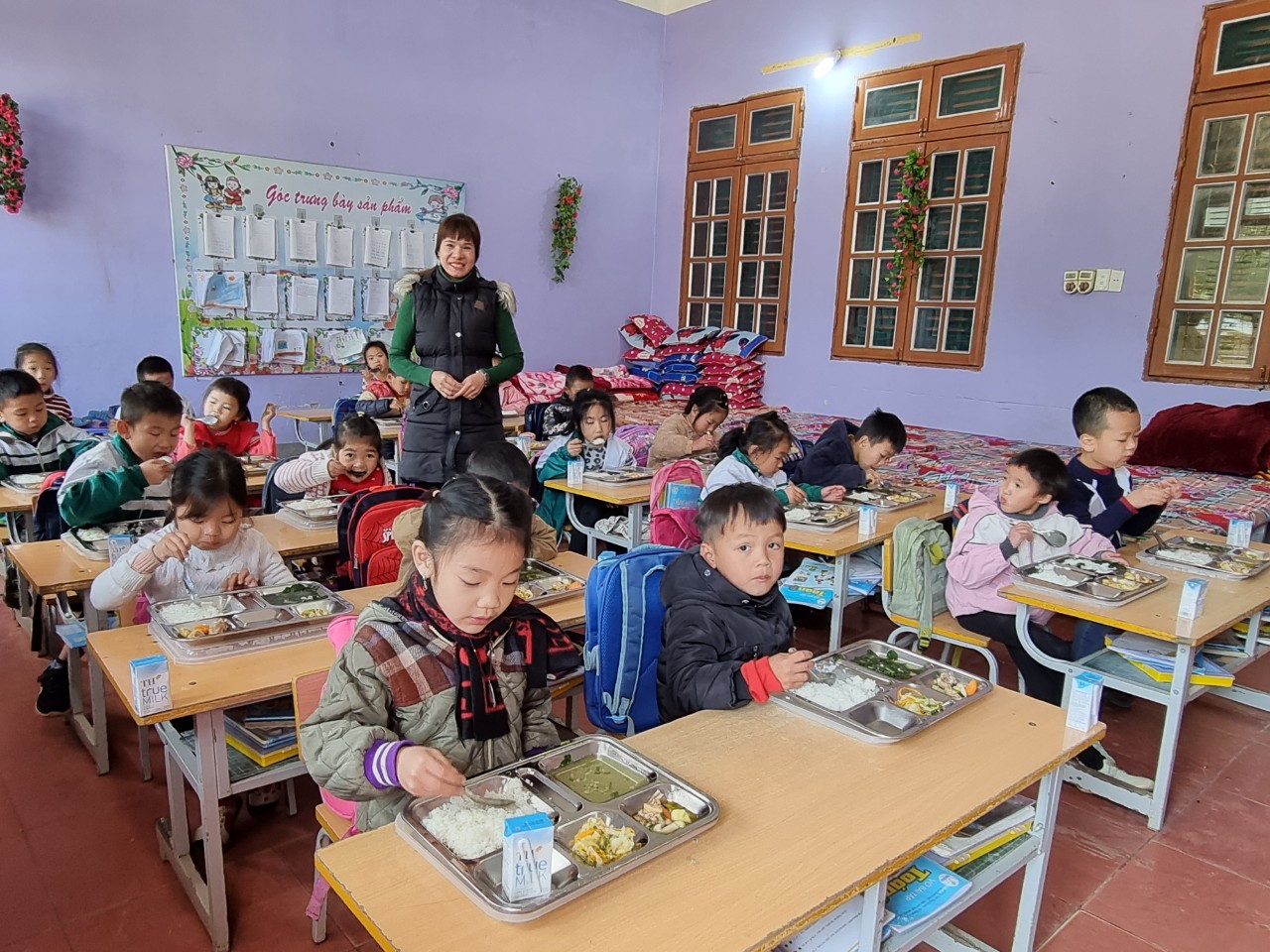
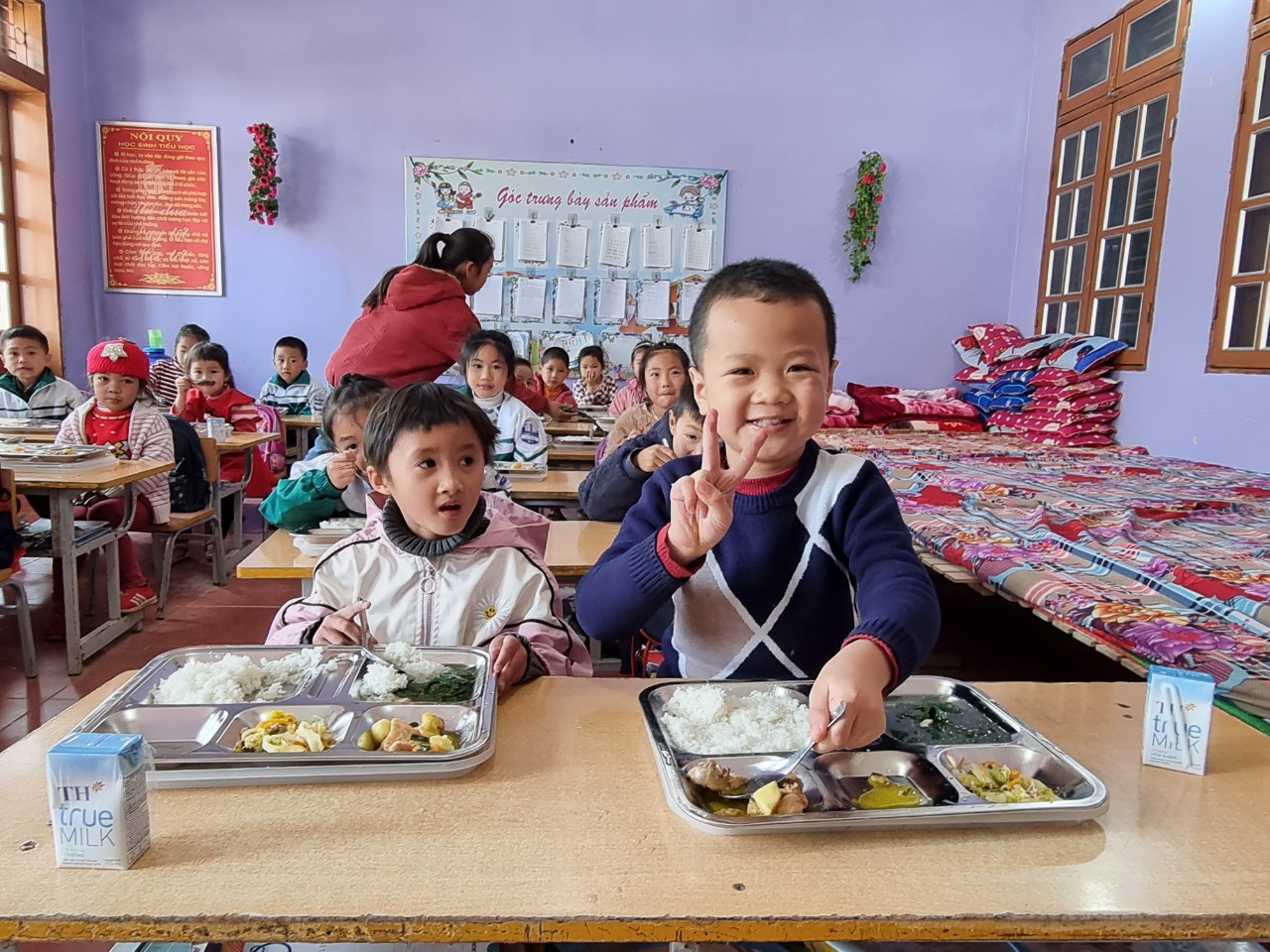
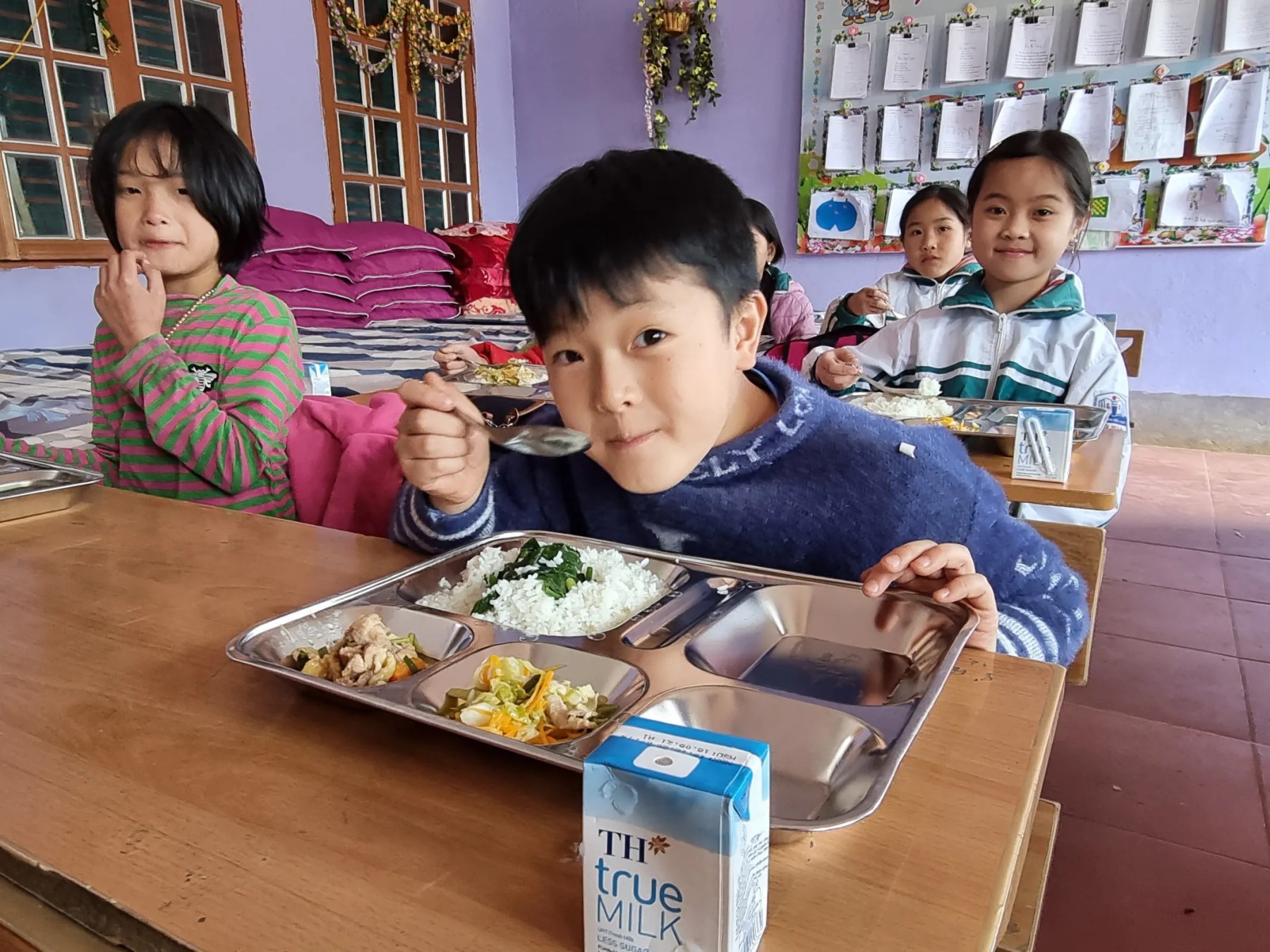
The rates of wasting and underweight at To Mua primary school (Son La) fell by around 3 percent but the comparable school – the Tay Tien primary school – saw the rates increase slightly.
Those figures are the most obvious evidence for the effectiveness of the model after one year of implementation, the principal of To Mua said.
In Hanoi, the principal of Hoa Hong kindergarten also happily noted that there are no underweighed or overweighed children at her school after one year carrying out the project.
CHANGING PERCEPTION ABOUT SCHOOL FITNESS
The project has achieved and even surpassed set targets in all three aspects of nutrition, physical health and communication after one year of implementation, the review report said.
Specifically, in term of communication activities, 100 percent of management staff, kitchen staff, health workers and 94.4 percent of teachers have accessed communication content or received training in appropriate nutrition and principles for building diet. Up to 97.9 percent of parents accessed communication contents on the benefits of rational nutrition, school meals and food safety. The communication activities have received warm response with more than 90 percent of surveyed people rating them as useful. The survey also revealed that 95.4 percent of parents had coordinated with schools in increasing physical activities for children.

Regarding school meal, the project has provided 400 menus suitable for conditions in localities, winning the favour of both students and their families. The project encourages schools to use fresh food available in the locality.
As for physical exercise, the project developed two groups of exercises and games that attract children’s active participation.
“After one year implementing the pilot model, our school records no underweighed or overweighed children at the end of the school year, which is an encouraging result.”
Principal of Hoa Hong kindergarten Dao Thi My
100 percent of managerial, kitchen and health staff said the project has helped improve the fitness and stature for children. Almost 100 percent of parents are happy with the positive changes of their children.
Besides the joy at the improved indicators on overweigh, obesity or malnutrition, what is more important in the long run is the changes not only in meals and physical activities for children but also the way of thinking and vision on school nutrition and fitness of all school staff, parents and students.

Assessing the project, Deputy Minister of Education and Training Ngo Thi Minh said it is a real success. “The project is a creative step in implementing Decision 41/QD-TTg dated January 8, 2019 of the Prime Minister. The model has solved the double problems of excess nutrition and malnutrition that have long-term effect on Vietnamese’s stature.”
Dam Quoc Chinh, Office chief of the coordinating board of the master plan on developing physical strength and height of Vietnamese people in the 2011-30 period, said the project is like a revolution in school nutrition in Vietnam when combining nutrition issue with physical strength for children and students.
“We had previously conducted separate research either on nutrition or physical health. In the world only a few countries have adopted models based on all three factors of nutrition, physical strength and resources/human resources for implementation, and the pilot model of the project has integrated all the three factors and even does better with awareness-changing communication activities reaching each family and school. This success should be maintained by policy,” he said./.